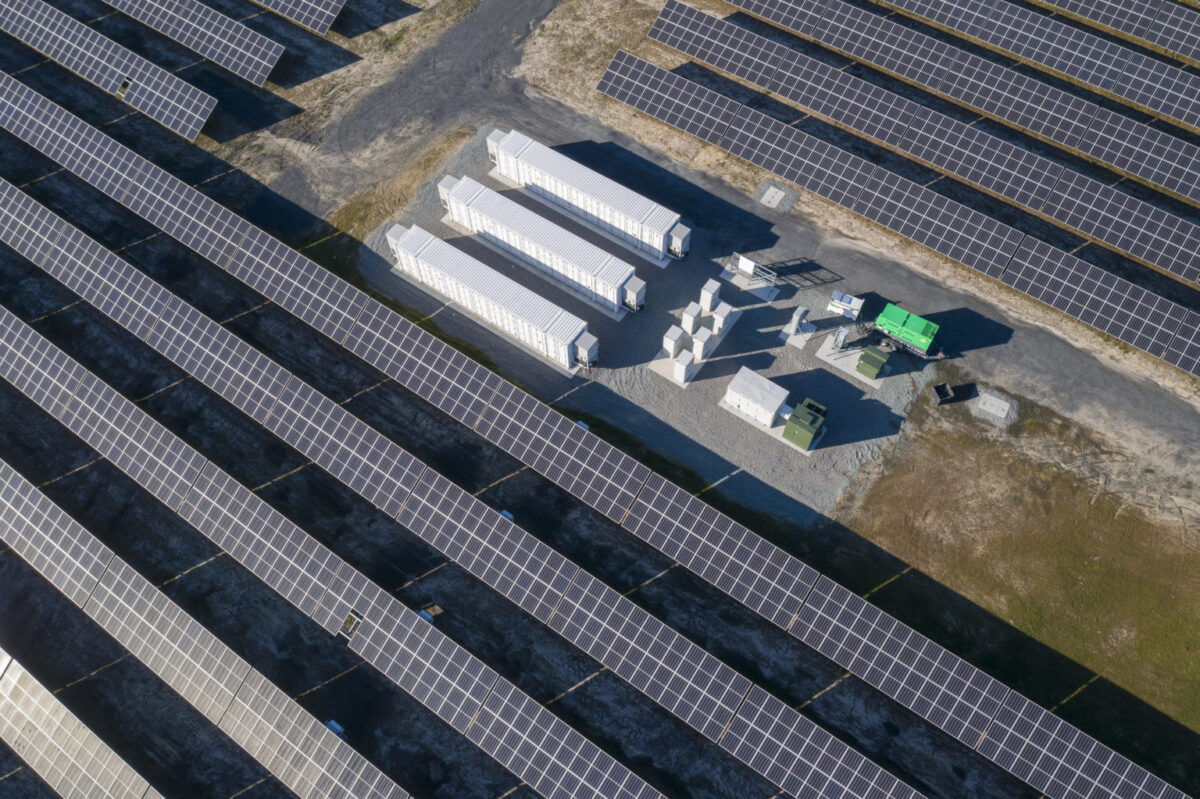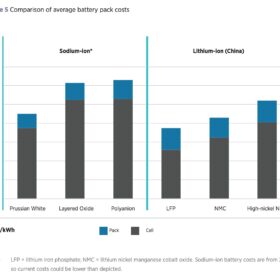The Solar Energy Corp. of India (SECI) has issued a tender inviting bids for the development of 1.2 GW of renewable energy (RE) projects coupled with energy storage systems (ESS) to ensure an assured peak power supply of 4.8 GWh (1,200 MW x 4 hours) daily. The projects will be developed on a build-own-operate (BOO) basis.
SECI will enter into 25-year power purchase agreements (PPAs) with the successful bidders, acting as an intermediary between the developers and the buying entities, which will be identified at a later stage.
Selected developers will set up interstate transmission system (ISTS)-connected renewable energy projects integrated with energy storage systems. All generation and storage components must be co-located for each individual project.
The scope of work for developers includes land acquisition, installation, ownership, and obtaining all necessary grid connectivity and regulatory approvals. Projects may be located anywhere in India.
The ESS component is mandatory and must be charged exclusively through renewable sources. Developers may either own the ESS or arrange vis a third party. The ESS technology can be modified at any time during the PPA term.
Each bidder must submit a single bid for a minimum contracted capacity of 50 MW and a maximum of 600 MW, in integral values only.
As per the tender conditions, developers must deliver 4,000 kWh of energy per MW of contracted capacity during peak hours, as per the schedule provided by the buying entity. For instance, a 100 MW project would be required to deliver up to 400,000 kWh (400 MWh) of energy during peak hours on a daily basis.
This content is protected by copyright and may not be reused. If you want to cooperate with us and would like to reuse some of our content, please contact: editors@pv-magazine.com.









1 comment
By submitting this form you agree to pv magazine using your data for the purposes of publishing your comment.
Your personal data will only be disclosed or otherwise transmitted to third parties for the purposes of spam filtering or if this is necessary for technical maintenance of the website. Any other transfer to third parties will not take place unless this is justified on the basis of applicable data protection regulations or if pv magazine is legally obliged to do so.
You may revoke this consent at any time with effect for the future, in which case your personal data will be deleted immediately. Otherwise, your data will be deleted if pv magazine has processed your request or the purpose of data storage is fulfilled.
Further information on data privacy can be found in our Data Protection Policy.